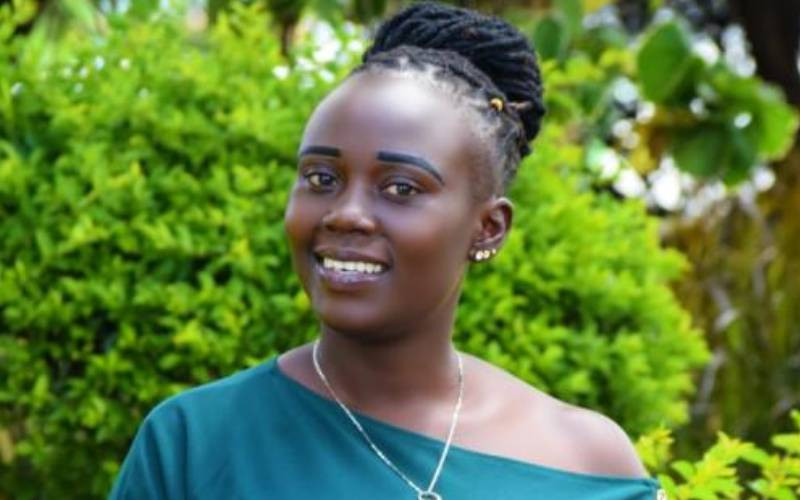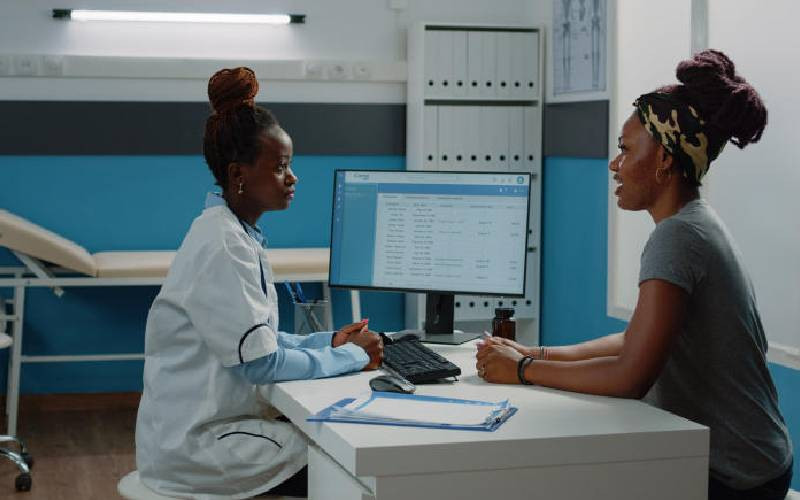
In Vitro Fertilization (IVF) is a technology in which an egg (from a woman) is fertilized outside the human body (with sperms from a man), in a lab setting.
"The fertilized egg is then transferred into the womb of the woman where it should implant and develop into a pregnancy," explains Dr Kireki Omanwa, a fertility expert.
Dr Omanwa, also the President of Kenya Obstetrical and Gynaecological Society (KOGS), says before a woman is put on IVF, they require a first consultation which is intense and tedious to extract as much info as possible. Counselling may come into play as IVF is the only hope of conceiving.
Dr George Ogweno, an IVF specialist in Nairobi says after consultation, tests and screening including blood tests, hormonal tests and fertility evaluation follows. A male partner, on the other hand, undergoes sperm tests.
"Once treatment starts, serial hormonal checks and ultrasounds are done periodically," explained Dr Ogweno.
Here is what happens thereafter:
IVF starts on Day 1 or 2 of a woman's menses. A blood test to check hormone levels is done. A scan checks if the ovaries are healthy.If okayed, the daily injections of a hormone called FSH - to stimulate the ovary to start maturing the eggs, starts. The injections happen daily at specific times for between 10 and 14 days.
As the injections continue, regular scans monitor how follicles are responding to injections to gauge whether dosage needs increasing or not. After 10-14 days of daily injections, a last scan to gauge maturity of follicles (between 18 and 20 ml in diameter) is done.A trigger injection - which finally matures the egg - is given and after 36 hours, eggs are aspirated through the vagina using a special needle in the theatre. The harvest is given to an embryologist while the male partner provides semen sample.
- Study: One in five women conceive naturally after first IVF baby
- Kenya should consider withdrawing from Geneva Consensus Declaration that restricts abortion
- Health survey points to disconnect with economic thinking of the day
- How gum disease in pregnant women can lead to preterm births
Keep Reading
In natural setting, the follicle that gives the egg collapses into a corpus luteum - which naturally produces progesterone.
But in IVF, the follicles are punctured during egg harvesting, hence the need for progesterone injections. Progesterone is given until the pregnancy reaches 13 weeks; after which it is left to naturally progress.
 The Standard Group Plc is a multi-media organization with investments in media platforms spanning newspaper print
operations, television, radio broadcasting, digital and online services. The Standard Group is recognized as a
leading multi-media house in Kenya with a key influence in matters of national and international interest.
The Standard Group Plc is a multi-media organization with investments in media platforms spanning newspaper print
operations, television, radio broadcasting, digital and online services. The Standard Group is recognized as a
leading multi-media house in Kenya with a key influence in matters of national and international interest.











